For better or for worse, plastic is an integral part of everyday life throughout the globe. No matter what it’s use, there is increasing awareness on the effects that plastic has on the environment, including the waste that it produces.
Industries that use plastic in any way, from plastic production to plastic packaging machines, there can unfortunately be mass amounts of waste produced.
This being said, as with most problems there are often solutions not far behind. This is where businesses work to create solutions for the reduction of plastic waste in packaging industries. As many different types of materials are used in the plastic packaging industry, there is an equal need to create recycling and processing facilities to combat its toll on the environment as much as possible.
5 ways that the use of plastic packaging can be more sustainable
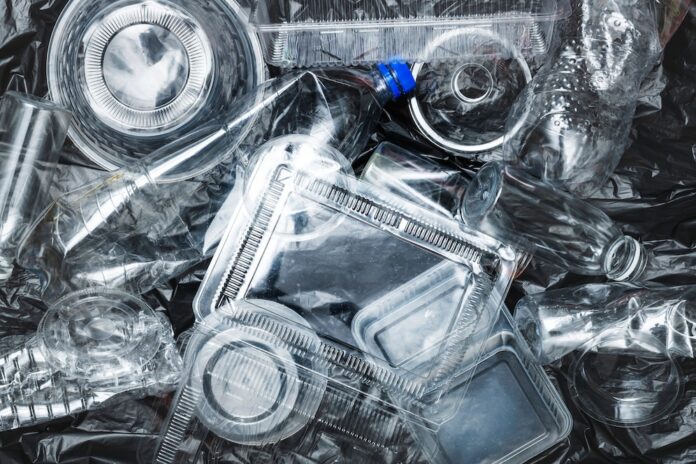
Some common steps that are being practiced can lower the effects of the plastic packaging industry. While some have more of an impact than others, all steps taken towards plastic reduction matter.
These steps include but are not limited to:
1. Businesses that buy and sell large scale industrial packaging such as plastic drums.
2. Reusing plastic packaging in creative ways instead of immediately getting rid of it.
3. Recycling and processing recycled plastic drums and other packaging rather then creating new items from raw materials.
4. Repurposing and upcycling plastic packaging items.
5. Banning single use plastics or finding creative ways to avoid and replace with sustainable materials instead.
Government initiatives to reduce plastic packaging waste
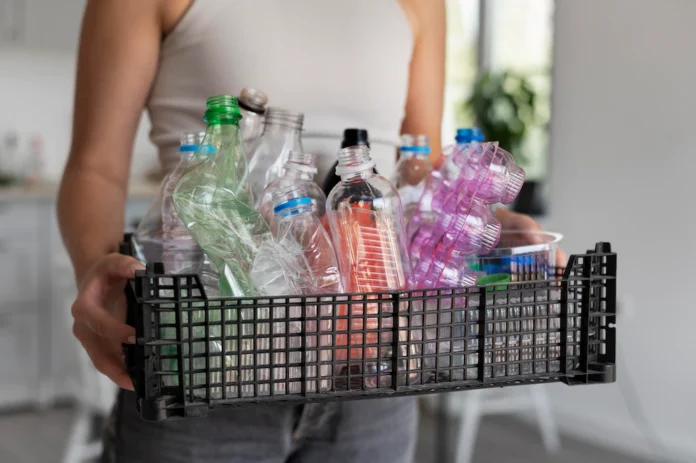
Regardless of how plastic materials might be manufactured, at the end of the day what the environment needs is to halt the production of plastic infinitely. While this may not be feasible yet, the sustainability goals of many governments around the world includes a vow to reduce and substitute the production and use of plastic with other, more environmentally friendly materials.
The goals of some of the main plastic producers in the world include:
• Jurisdictions on plastic bag bans, focusing on heightened recycling and the reduction of single-use-packaging through the introduction of bills.
• Introducing a strategy for sustainable packaging, setting a 2030 goal for Zero Plastic Waste.
• Banning some single-use plastics and initiating a guide to packaging and waste.
• Proposing a single-use plastic bags ban by 2024, has already banned and capped packaging waste imports.
• Increasing awareness of plastic waste via campaigns and designated plastic collection sites, introducing legislation in favour of recycling.
• Has set a goal for all packaging to be either compostable, reusable, or recyclable, has put a focus on recycling plastic waste.
While any step towards a greener future is a welcome one, there has been speculation on the slow progress that is being made by some of the world’s most responsible nations in their attempts to limit plastic production.
In essence, it has been argued that this is perhaps the ultimate form of greenwashing – and an ultimately miniscule effort offered by some of the biggest plastic producing culprits.
Ways that you can limit your single-use plastic consumption
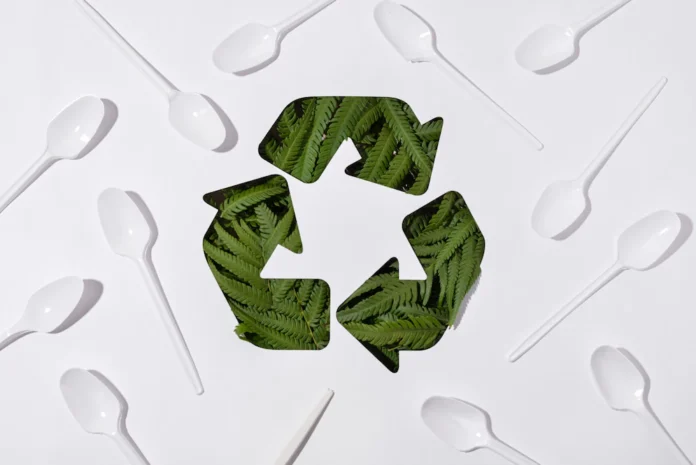
On an individual level, the everyday choices that we make play a huge role – even larger than we might be aware of – on the amount of plastic produced in industrial means.
Anything from frequent stops at a favourite fast-food joint, to regularly buying fresh produce wrapped in plastic, can make a big impact on the amount of plastic that we consume throughout the course of our lifetime.
Luckily there are ways to limit single-use plastics throughout the day, with items built for long-term use slowly becoming more common place throughout society.
Some items that offer a worthwhile consideration as a plastic replacement include but are not limited to:
• Stainless steel utensils including straws and cutlery.
• Lunchboxes, preferably made from natural materials such as stainless steel or bamboo.
• General meal preparation done in advance as to avoid eating out. Batch cooking is a great way to ease the load of meal prep. Plus it can save you a noticeable amount of money at the end of each month.
• Cotton tote bags – a stylish favourite now commonly seen in place of a plastic bag.
• Shopping at local markets and shops including your local farmer’s market for fresh produce, meat and eggs. Bonus points for helping your local economy thrive alongside lowering the travel kilometres on items.
How you can influence plastic production through retail therapy
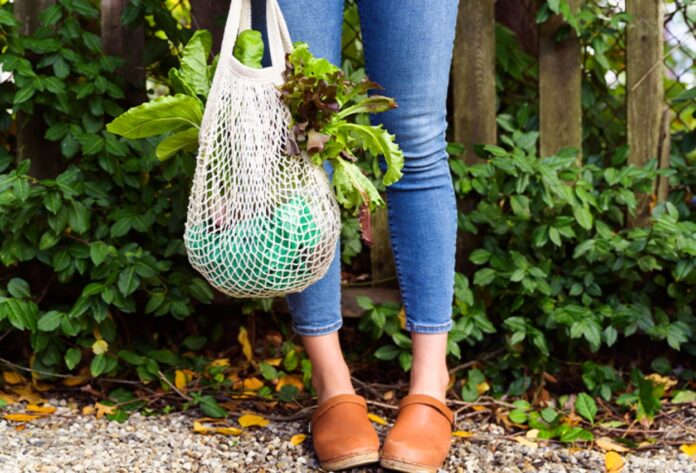
Another commonly underestimated way that you can contribute to the recycling and reduction of plastic production is by your shopping habits.
While shopping second-hand is mostly always the best route, sometimes it’s just not possible – and for certain items just not going to happen.
Major chain retailers have caught on to this by offering clothing, shoes and accessories that are made from varying percentages of recycled material. This includes plastic-based materials such as polyester and acrylics.
Some stores encourage this even further by offering discounts when dropping off clothes to be recycled at an in-store location.
Conclusion
While there may be many aspects of plastic production and packaging that are out of individual control, there are ways that each of us can contribute to a greener world within our capacity.
As the classic supply and demand theory goes, what there is no demand for the supply will consequently halt.
While it may not be ideal or even possible to stop all single-use plastic consumption, taking some time to ponder how you can minimise the use of single plastics can lead to habits that have the potential to extend over a lifetime.
Ultimately, putting in the effort to look for ways to use and consume materials in a more sustainable manner can help to reduce the damage that plastic production has on the environment.
Steps such as using recycled materials, avoiding single use plastics, and using green-orientated products can make a significant impact on the ecological footprint that is used over time.

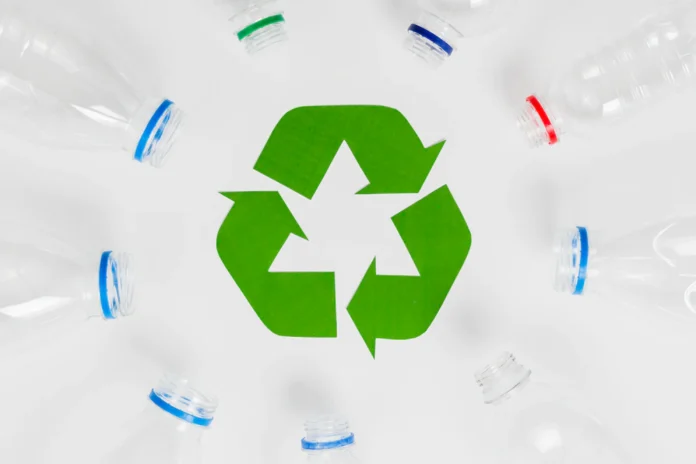



![Calgary’s Hottest Neighborhoods for Luxury Homebuyers [2024]](https://thewashingtonote.com/wp-content/uploads/2024/04/Calgary-324x160.png)



